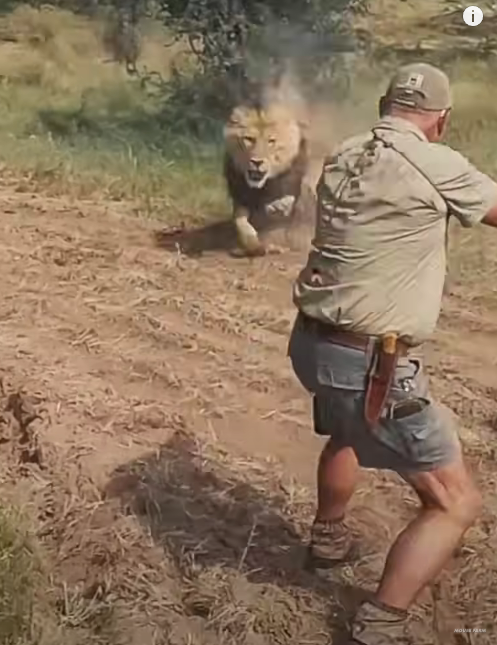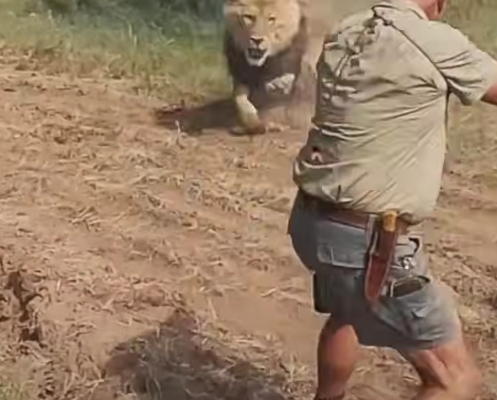Hunting Practices and Population Control: Summary
Hunting is a regulated activity that serves as a tool for population control, ecosystem balance, and community safety in various regions. In South Africa, lion hunting is managed through permits issued by the South African Wildlife Conservation Agency, with 3,000–5,000 permits granted annually. The rising lion population has led to road safety issues and intrusions into human settlements, necessitating population management. About 6,000 lions are legally hunted each year using protective gear, trained dogs, and large-caliber rifles to ensure safety and effectiveness.
In Texas, wild boars have become a significant problem, with a population of 7 million causing $3 billion in annual agricultural damage. Hunting competitions like the Texas Hog Hunt Championship encourage controlled hunting, drawing thousands of participants. Hunters use advanced equipment and trained dogs to eliminate approximately 1.8 million wild boars annually, but their rapid reproduction remains a challenge.

In Georgia, urban areas have faced issues with monkeys, including a monkeypox outbreak linked to monkey intrusions in 2022. Over 3,500 cases were reported, prompting measures such as licensed traps and sterilization programs. Preventative actions like planting neem trees in cities have been effective, as monkeys are deterred by the plant’s scent and taste.
Hunting practices across these regions emphasize safety, sustainability, and ethical considerations. Hunters undergo rigorous training, adhere to strict regulations, and use advanced tools like high-powered rifles and protective gear. Despite criticism from animal rights activists, ecologists highlight hunting as necessary for maintaining ecosystem balance and reducing human-wildlife conflicts.
The economic impact of hunting is significant, providing income to local communities while addressing the threats posed by invasive species. Sustainability remains a focus, with regulations ensuring humane practices, such as avoiding harm to pregnant or young animals. However, challenges persist due to the high reproduction rates of species like lions and wild boars, requiring continuous efforts to prevent ecological damage.
Public engagement is crucial in shaping the future of hunting and population management. Viewers are encouraged to share their opinions, suggest solutions, and actively participate in discussions to address invasive species, promote ethical hunting, and ensure ecological balance.



